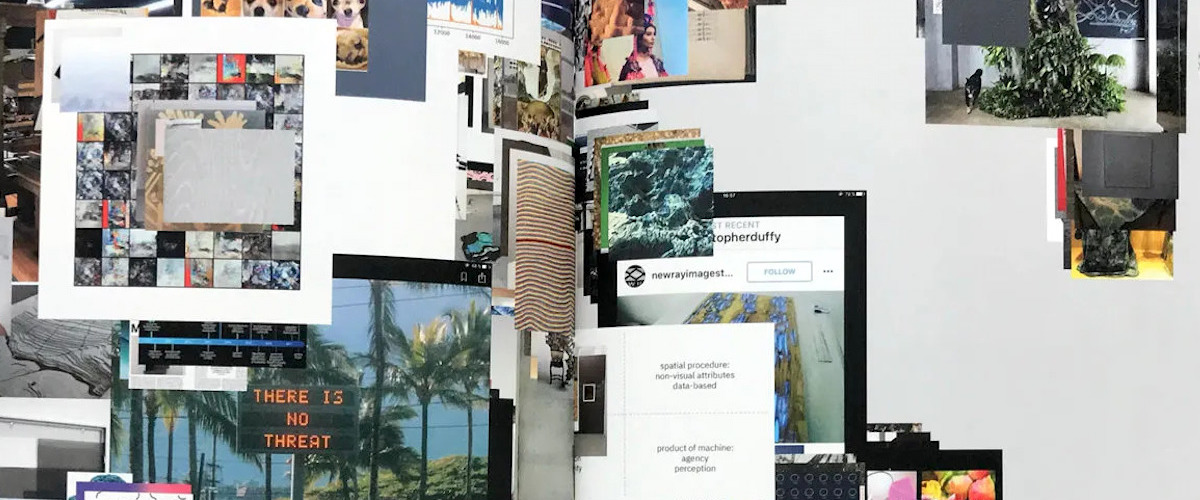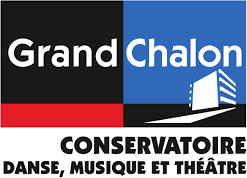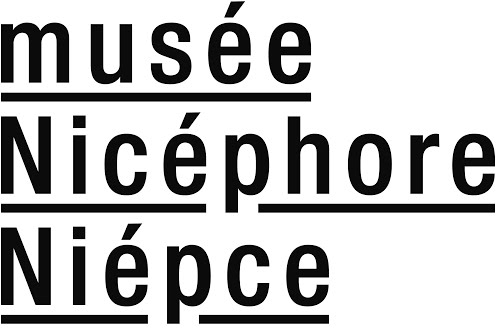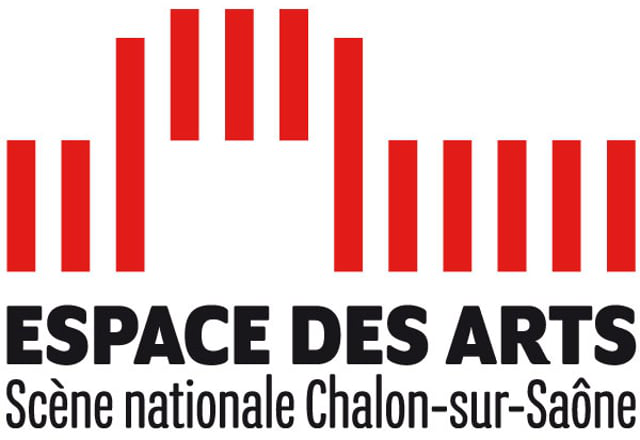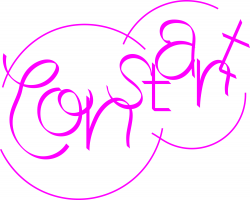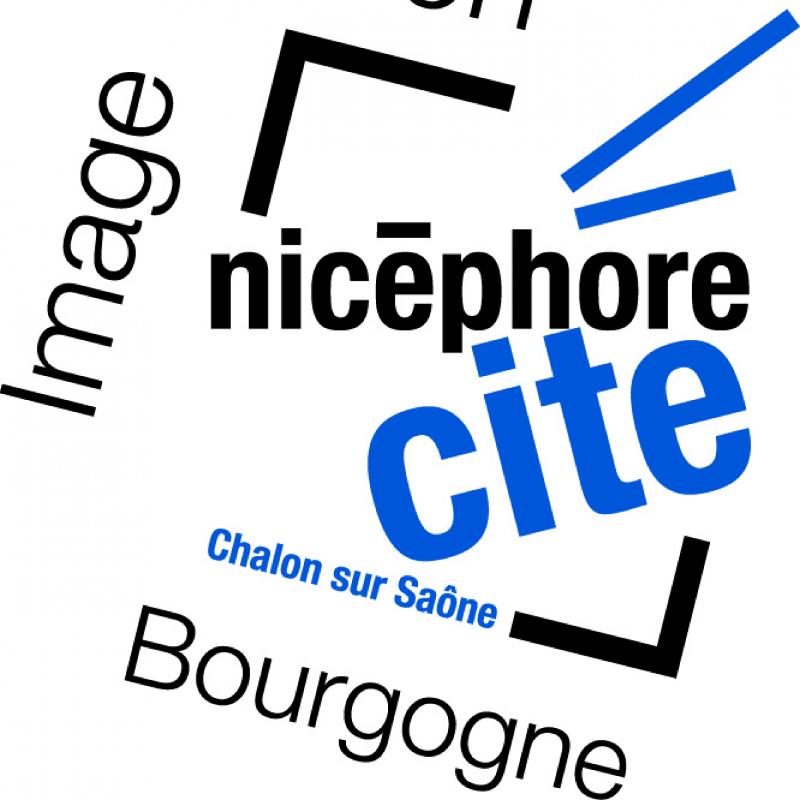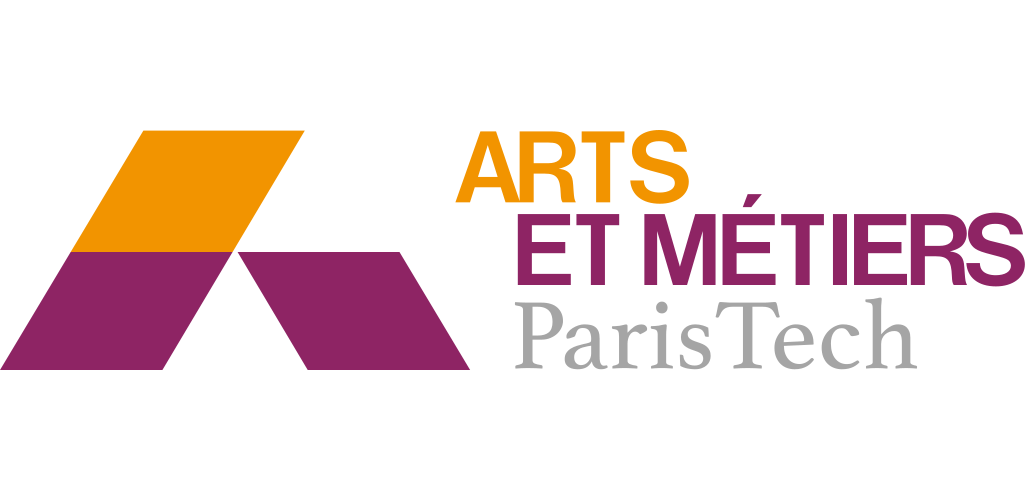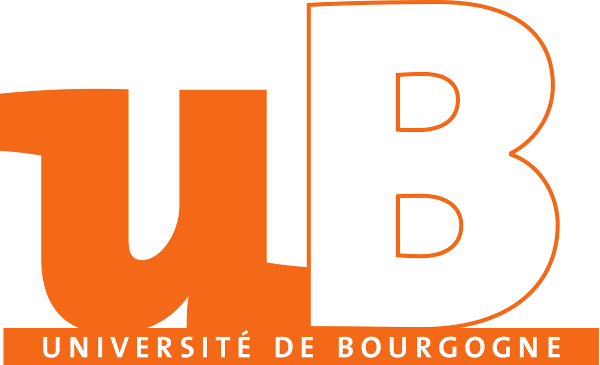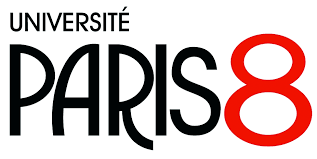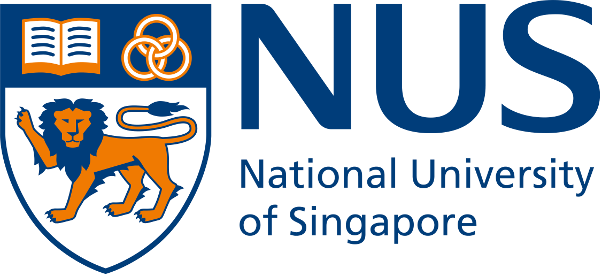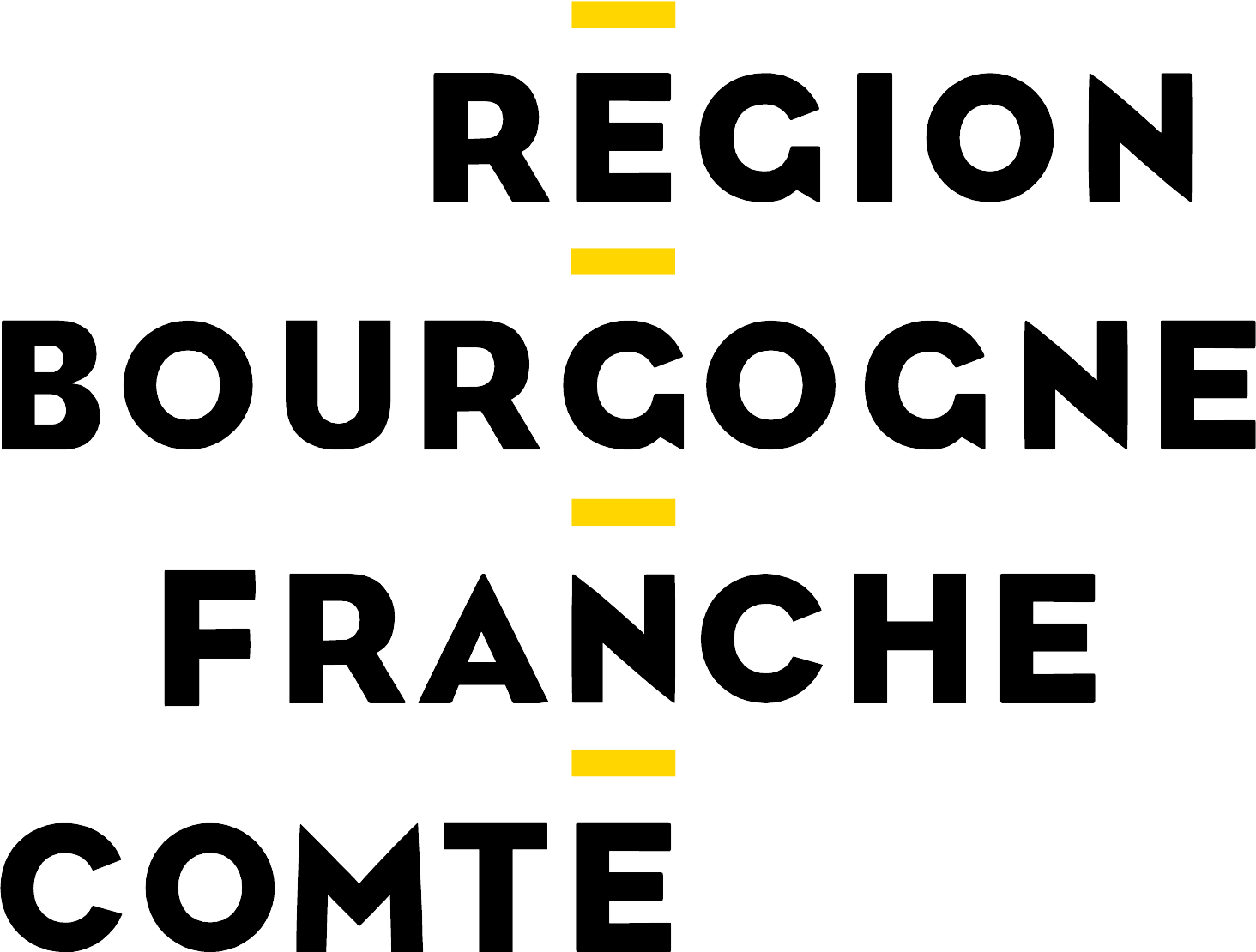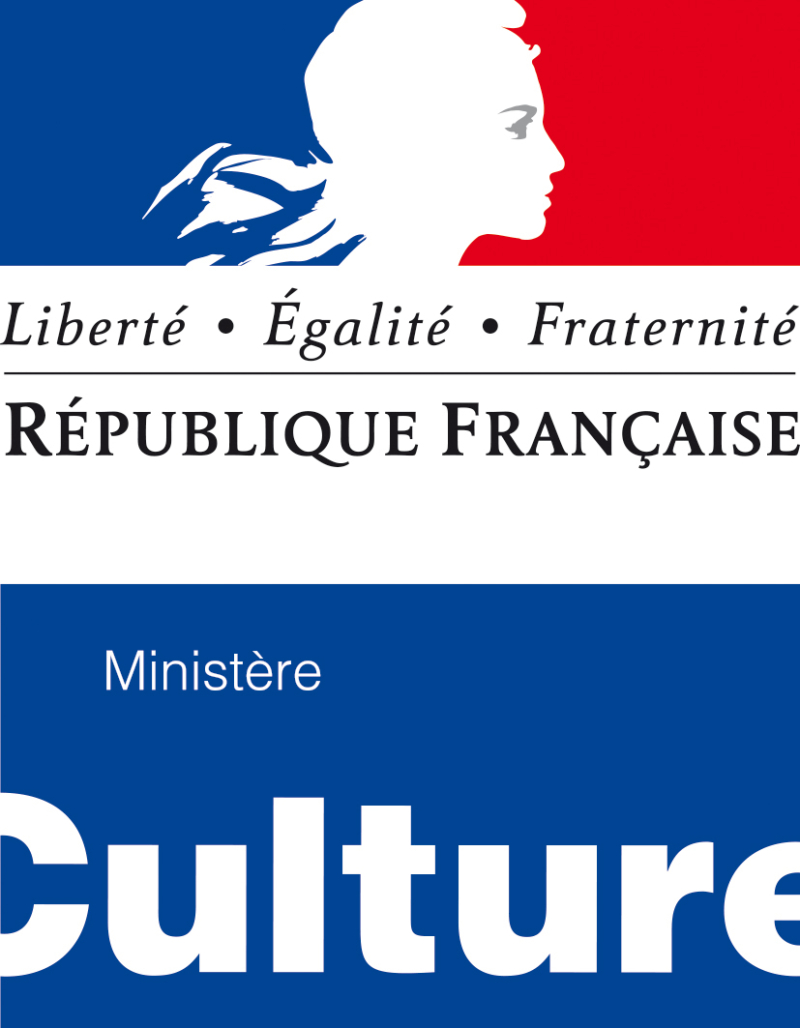
Visual Worlds is a transdisciplinary research and creation programme that focuses on the multiplicity of visual phenomena and the variety of their modes of production and perception, in living beings, within artificial vision systems and in the interactions between them. It is animated by a large number of guests from a variety of fields of knowledge and creation, by a research team composed of young artists and researchers, and will conclude with an international artistic and theoretical restitution in the summer of 2023.
What is seeing? This is what this research programme intends to explore. Spontaneously, a set of satellite questions arise: Who sees? Who sees what? In what context, at what intensity, with what frequency? Intentionally? With what intention? With what organ? With what algorithm? What certainty? ... This programme of research and creation aims to explore the sensory experiences that vision provokes, the narratives that these experiences generate or that accompany them, the worlds they create, as much in living beings as in artificial vision systems or in the interaction between one and the other.
Visual arts and their study traditionally focus on the notion of image, in other words on a manifestation, real or virtual, which seems to be able to be kept at an objective distance. The methodological orientation of Visual Worlds is that of the primacy of perception over the image. The programme adopts an ecological approach to perception, where a wide variety of vision regimes, with no necessary common denominator (of time, scale, space, spectrum, etc.), can interact and coexist. Humans, in that context, are no longer always the primary standard to which these vision experiences relate.
Faced with the silent transformations of the world, first and foremost those related to the rise of artificial intelligence and the progress of technology, the evolution of geopolitical power relations, and the imminent ecological catastrophe, Visual Worlds proposes an alternative narrative, which is neither a moral injunction nor the expression of fear, but an invitation to consider the human being in a broader perspective through the relationships they maintain with their human and non-human environment, and within a time span that goes beyond their own existence.
As a transdisciplinary project, Visual Worlds finds its references as much in lens-based visual arts (photography, cinema, video), media arts and technology, contemporary art and art history, as in the humanities, sciences and techniques, philosophy, and society in general. It develops its methods of working, presenting and sharing by taking advantage of this diversity.
Head of research: Olivier Perriquet
The following people contributed to the programme: Paula Albuquerque, Gemma Anderson, Damien Baïs, Yann Beauvais, Davide Bertocchi, Lucien Bitaux, Sarah Brown, Jérémie Brugidou, Julien Clauss, Cindy Coutant, Magali Daniaux, Daniela De Paulis, Stéphane Degoutin, Jean-Marc Delannoy, Ferdinand Dervieux, Bertrand Dezoteux, Evelina Domnich, Lambert Dousson, Guillaume Dumas, Justine Emard, Emmanuel Fara, Ivana Franke, Sarah Garcin, Danielle Garrison, Dmitry Gelfand, Laurent Goldring, Nicolas Gourault, Joris Guibert, Jared Hawkey, Ilanit Ilouz, Thomas Köner, David Lemaréchal, Marc Lenot, Alice Leroy, Annie Leuridan, Eric Maestri, Julien Maire, Bernard Maitte, Nicolas Malevé, Hélène Marcoz, An Mertens, Ina Mihalache, Boris Nordmann, Sofia Oliveira, Cédric Pigot, Cédric Poulain, Xavier Querel, Joost Rekveld, Gaëlle Rouard, RYBN, belit sağ, Vinod Saranathan, Alessandro Sarti, Claire Sergent, Silvi Simon, Christine Vadrot, Fred Voisin, Gwenola Wagon, Shang Lin Wu.
Young artists enrolled in the programme: Julie Carré (2022-23), Théo Chikhi (2020-23), Emma Cozzani (2020-21), Hsiao-Mei Hsu (2022-23), Léa Laforest (2019-23), Manon Maës (2020-23), Valeriya Malinova (2022-23) and Marion Phalip (2020-21).

Ecole Media Art
7 rue Leschenault de la Tour, Chalon-sur-Saône
Artistic and académic partners:
The programme is supported by the General Direction of Artistic Creation at the Ministry of Culture (DGCA), by Grand Chalon and by the Burgundy-Franche-Comté Region.
